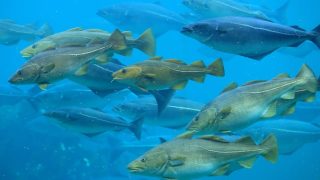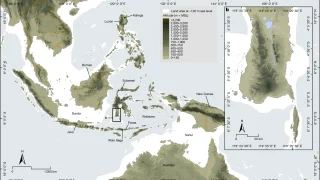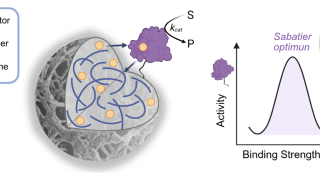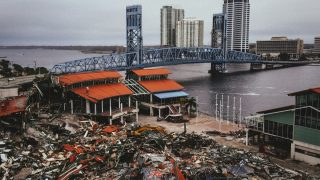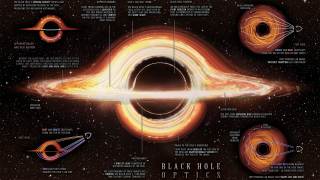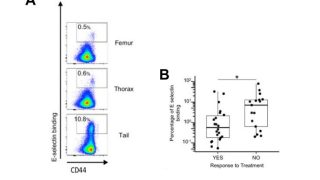
Biomarkers of chemoresistant leukemic cells in human T-ALL
T-cell acute lymphoblastic leukemia (T-ALL) is characterized by the accumulation of genetic lesions that induce differentiation arrest, survival and aberrant proliferation of immature T-cell progenitors . Although T-ALL prognosis has significantly improved due to intensive chemotherapy, relapses still occur in 20% of pediatric patients and 50% of adult patients, often with a dismal outcome. To […]

